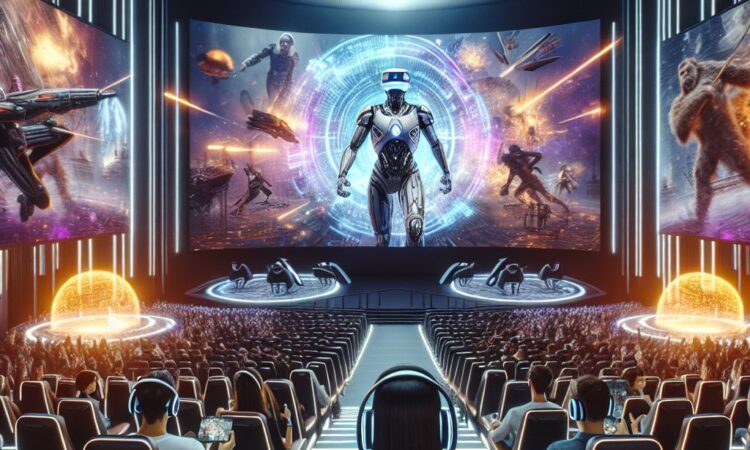The Future of Cinema
Introduction
With the rise of streaming services and new technologies like virtual reality, the future of cinema is more uncertain than ever before. The traditional concept of going to a movie theater to watch a film on the big screen is being challenged by the convenience and accessibility offered by streaming platforms. Additionally, virtual reality (VR) technology is revolutionizing the way we experience visual content, blurring the boundaries between the real and the virtual worlds. This essay examines the impact of streaming services and virtual reality on the future of cinema.
The Rise of Streaming Services
Streaming services like Netflix, Amazon Prime, and Hulu have transformed the way we consume movies and TV shows. These platforms allow users to access a vast library of content anytime, anywhere, using a variety of devices. The convenience of streaming has led to a decline in theater attendance, as viewers have the freedom to watch films in the comfort of their own homes. This shift has forced traditional movie theaters to adapt and find new ways to attract audiences.
Virtual Reality in Cinema
Virtual reality technology has the potential to revolutionize the cinema experience. Imagine putting on a VR headset and being transported into the world of your favorite film. With VR, viewers can feel completely immersed in the story, experiencing it from different angles and perspectives. This technology opens up new possibilities for filmmakers to create interactive and engaging narratives. However, widespread adoption of VR in cinema still faces challenges such as the high cost of equipment and the need for compelling content that fully utilizes the technology.
The Uncertain Future
As streaming services continue to gain popularity and virtual reality technology advances, the future of cinema remains uncertain. Traditional theaters may need to embrace new technologies and offer unique experiences to attract audiences and compete with the convenience of streaming. In this evolving landscape, it is essential for filmmakers, industry leaders, and audiences to adapt and explore new possibilities in storytelling and technology.

